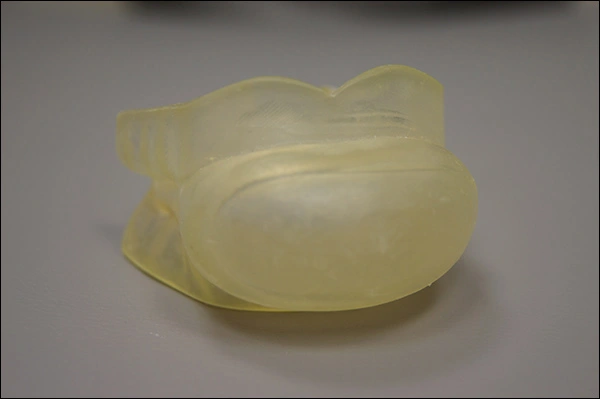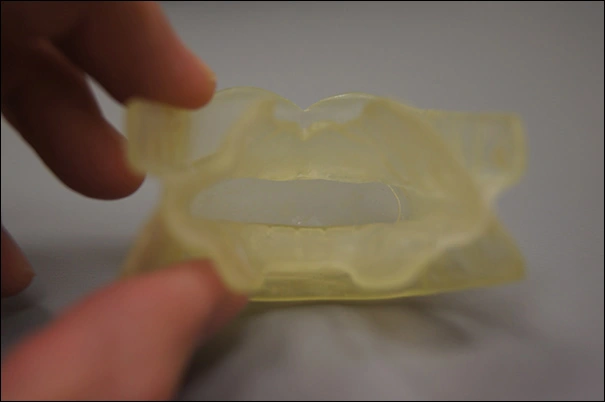Sleep Apnea Management for the Dentist
Course Number: 578
Course Contents
Principles of OSA Management Other Therapies
A relatively new mode of OSA management under recent study is hypoglossal neurostimulation (HS). With this therapy the hypoglossal nerve receives electrical stimulation to cause contraction of the tongue muscles, including the genioglossus, a major dilator of the pharynx. The increased activity is proposed to improve airway resistance thereby alleviating OSA. A recent study of a more targeted version of HS showed that this emerging therapy may be feasible and safe.18 An implantable pulse generator is surgically placed unilaterally below the surface of the skin of the chest inferior to the clavicle.
The orexinergic agents modafinil and armodafinil, which are commonly used for narcolepsy, may also be used to treat residual excessive daytime sleepiness in patients already on appropriate levels of positive airway pressure treatment to promote wakefulness.19 The benefits of adding such a medication should be balanced with its side effects.
A tongue-retained device (TRD) may be used for primary snoring or be considered in mild cases of OSA if other therapies are deemed intolerable. The tongue is inserted into the bulb which is squeezed to express air out. Negative pressure holds the tongue in a forward position thereby increasing space in the oropharynx. The TRD has not gained wide acceptance as a modality in OSA due to poor patient acceptance (Figures 5A‑B).
Figure 5 (A & B). Examples of tongue retained devices.
Figure 5 (A & B). Examples of tongue retained devices.



